Indian Cooking: Mastering Flavors & Techniques
When you talk about Indian cooking, a vibrant mix of regional spices, methods, and dishes that have been passed down for generations. Also known as Indian cuisine, it brings together everything from street snacks to festive feasts.
Biryani, a layered rice dish that blends marinated meat or vegetables with aromatic spices is one of the crown jewels of Indian cooking. It requires the right rice grain, a touch of acidity, and careful layering to get fluffy, fragrant rice. Curry, a sauce‑based dish built on spice blends, herbs, and often tomatoes or yogurt sits alongside biryani as a daily staple; its flavor depth depends on the quality of the masala mix. Roti, a whole‑wheat flatbread that puffs when cooked on a hot griddle shows how simple ingredients can become fluffy breads with the right dough handling and oil timing. Finally, Dal, a lentil stew that provides protein for vegetarian meals illustrates the nutritional balance of Indian cooking, turning humble pulses into hearty plates.
One of the biggest secrets in Indian cooking is mastering the spice roast. Toasting whole cumin, coriander, or mustard seeds releases oils that turn a bland broth into a fragrant base. This step influences every curry, biryani, and even the simplest dal, because the roasted spice profile carries through the entire dish. Knowing when to add ground spices – early in the oil for a deep flavor, or at the end for a bright finish – is a skill that separates a good cook from a great one.
Another key area is moisture control. Adding lemon juice to biryian rice, for example, brightens taste, keeps the grains separate, and balances the richness of ghee. The same idea works for roti dough: a pinch of oil or a splash of yogurt makes the gluten relax, resulting in a softer, puffier flatbread. These tiny tweaks are mentioned in several of our articles, proving that small adjustments can have big results.
Nutrition also matters. While many think of dal as a carb, it actually delivers more protein than most beans, especially when you choose red lentils or split peas. Pairing dal with a side of roti creates a complete amino‑acid profile, perfect for vegetarians. Likewise, biryani can be made lighter by using brown basmati rice and trimming excess oil, turning a celebratory dish into a balanced meal.
What’s Inside the Collection Below
The posts that follow dive deep into each of these topics. You’ll find step‑by‑step guides on perfecting biryani rice, troubleshooting roti that won’t puff, mastering the art of creamy curry, and decoding the nutrition facts of dal. Whether you’re a beginner looking for quick fixes or an experienced cook craving advanced tips, the articles are organized to give you actionable insights right away.
Ready to level up your kitchen? Scroll down to explore detailed recipes, science‑backed tricks, and cultural background that make Indian cooking both delicious and rewarding.
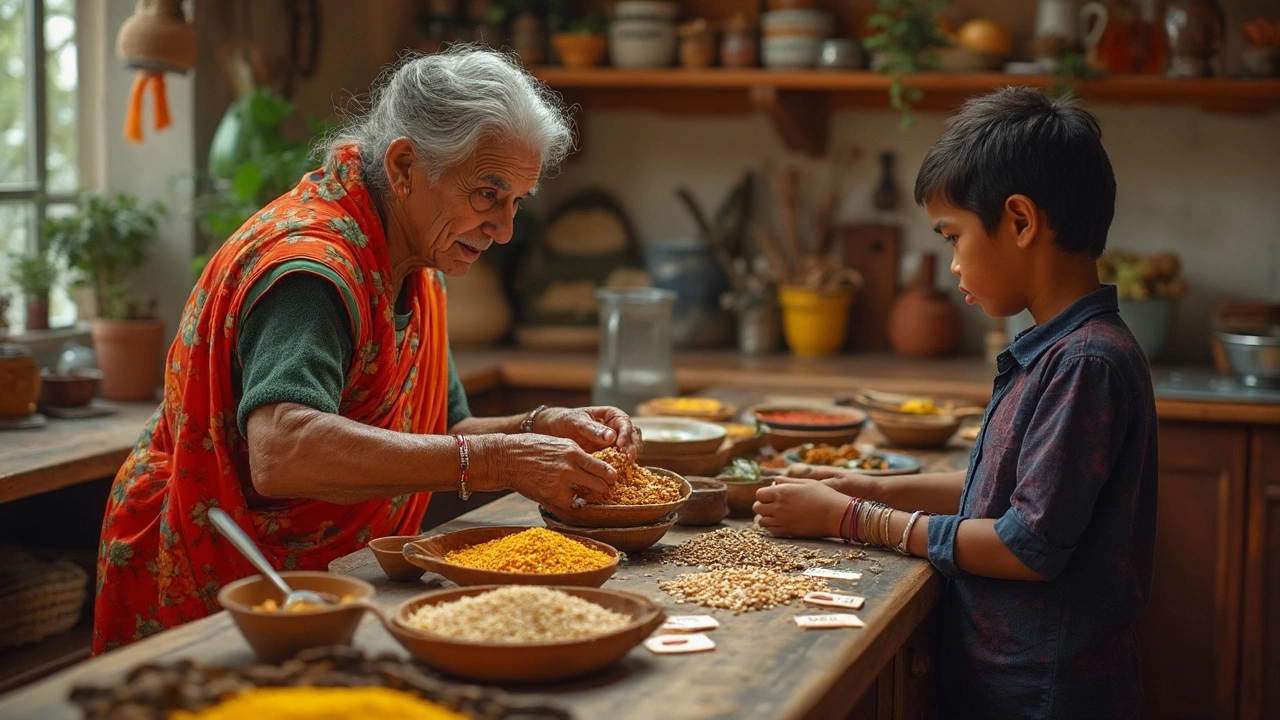
Dal vs Lentils: What's the Real Difference?
Ever wondered if dal and lentils are the same thing? This article breaks down what each term means, how they're used in cooking, and why it matters for your next meal. Learn the real difference, clear up common confusion, and pick up handy kitchen tips along the way. Practical advice for anyone eager to master dal at home. This is your go-to guide for getting the basics right, in plain English.
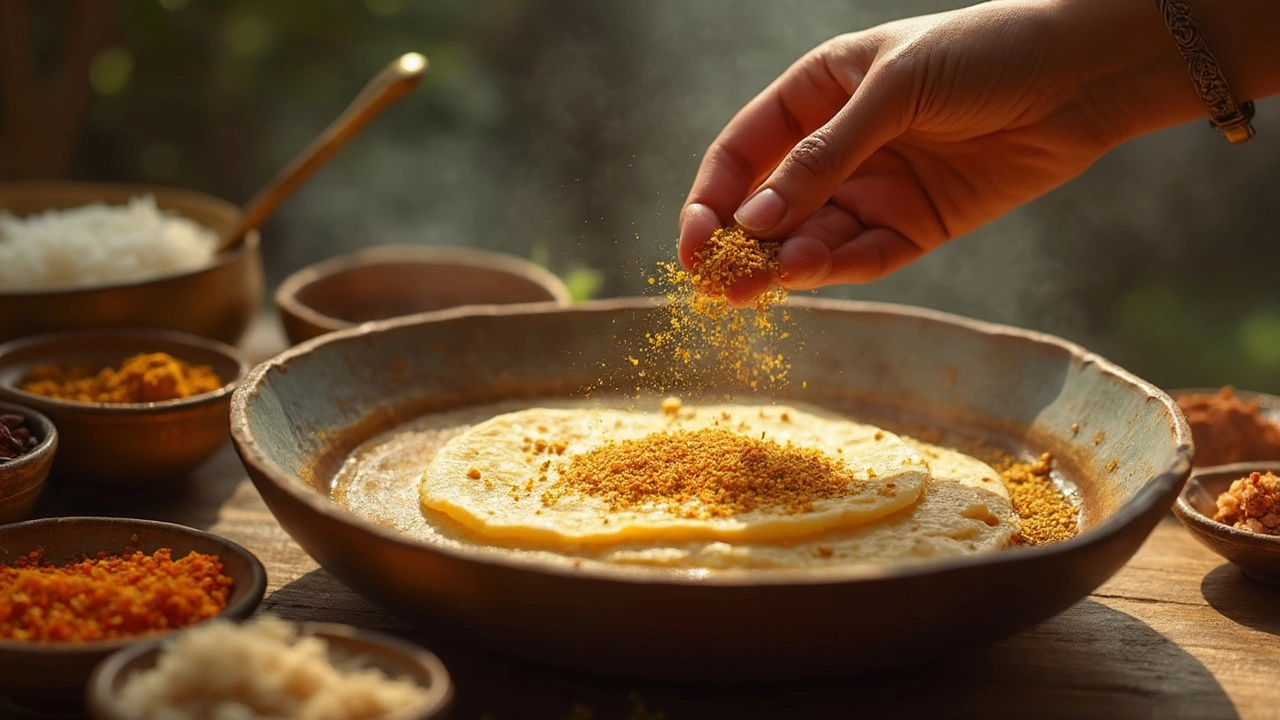
Fenugreek in Dosa Batter: The Real Reason It’s Never Left Out
Ever wondered why fenugreek seeds show up in almost every dosa batter recipe? This article digs into what fenugreek actually does for dosa, from taste to texture to health. Get clear answers on how much to use and whether you can skip it. You'll pick up a few practical tips that make your batter better. Even if you're new to dosa-making, you'll find solid reasons never to leave fenugreek out.
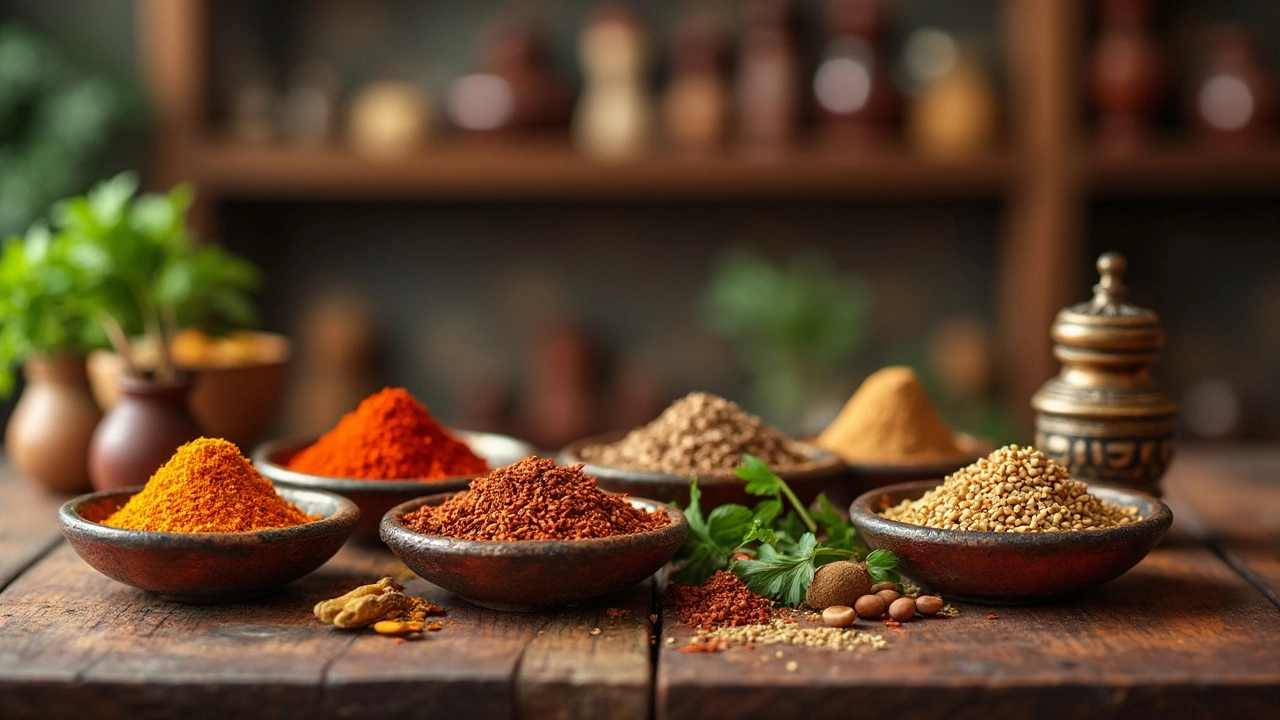
What's the Closest Spice to Curry Powder?
Curry powder is essential to many Indian dishes, but what if you're out of it? Discover the best spice alternatives to curry powder, focusing on ingredients that match its flavor profile closely. Learn how to adapt your chicken curry recipe without losing that beloved taste. Dive into the world of spices and find out how cumin, coriander, or garam masala can step into the spotlight when curry powder is missing.
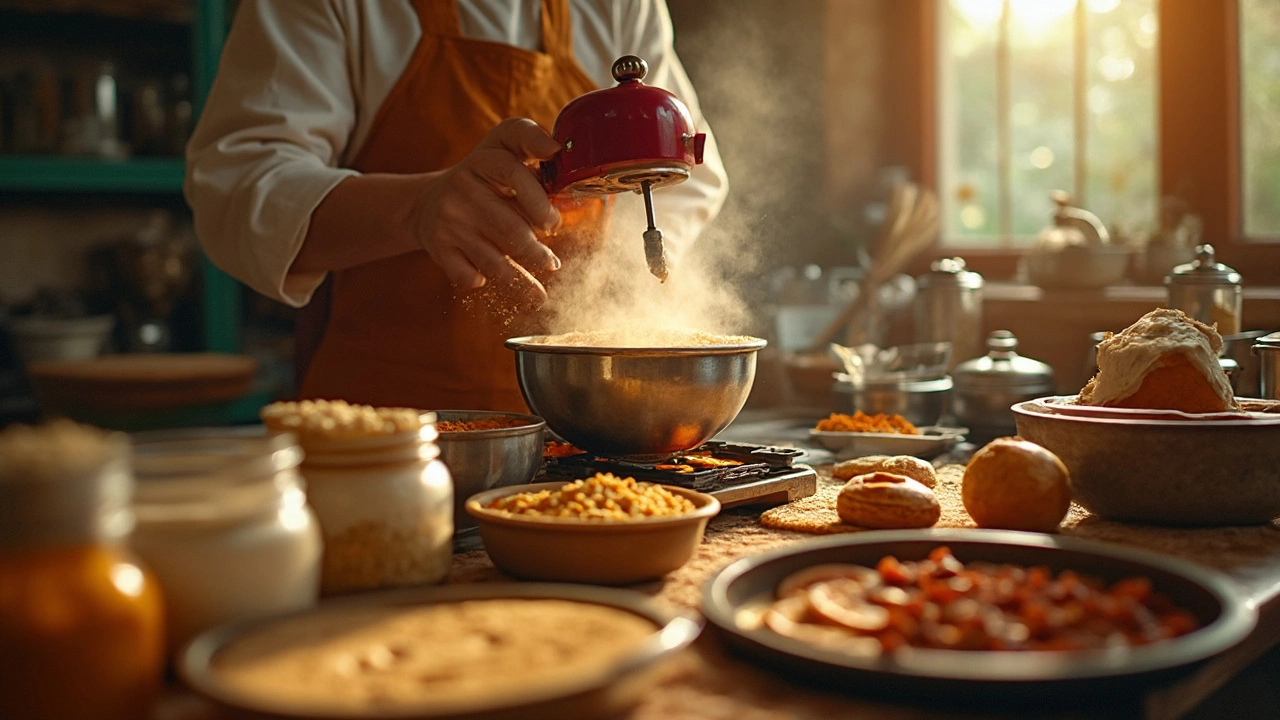
Quick Dosa Batter: Ready in Just Hours
Making dosa batter usually requires hours of fermentation, but there are tricks to speed up the process. In this article, you'll learn how to prepare dosa batter that's ready to cook in just hours. Discover simple techniques like using warm environments, sugar, and blending the right ingredients. Get practical tips and facts that make the traditional Indian dish quick and accessible for anyone, anytime.
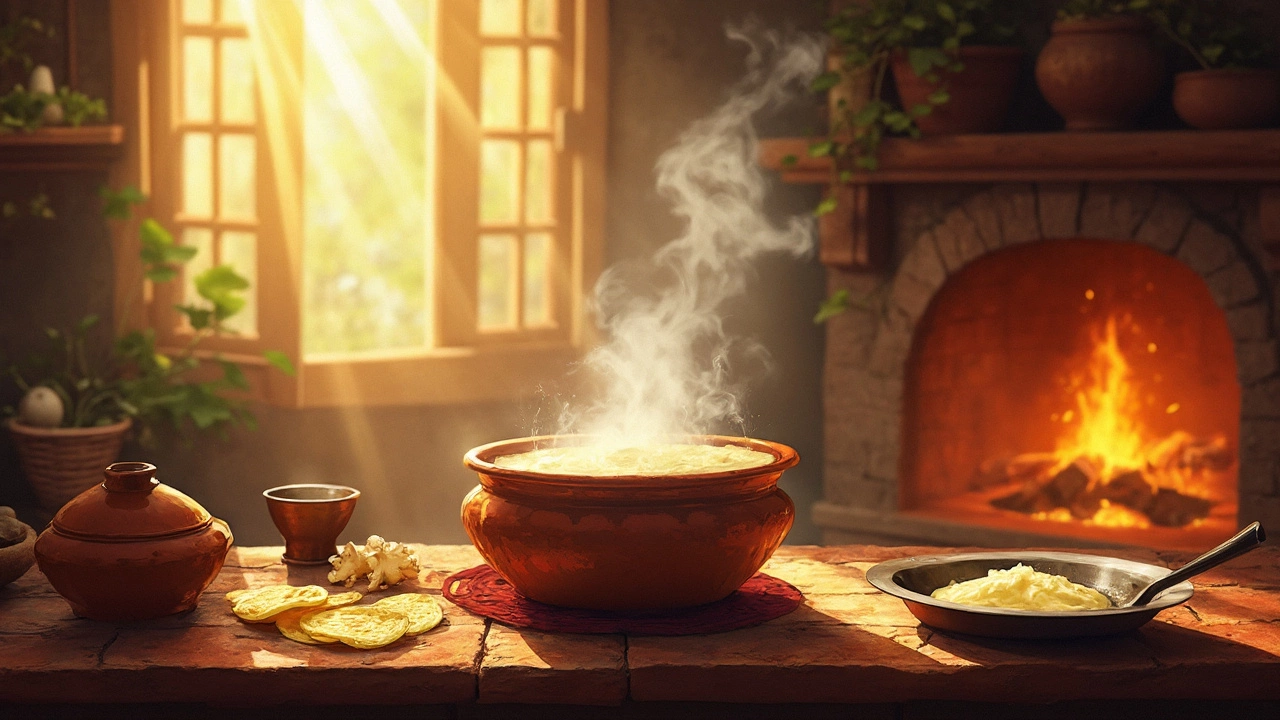
Fast-Track Your Dosa Batter Fermentation
Fermenting dosa batter faster can be a game-changer for anyone who loves this traditional South Indian dish. We'll dive into practical and easy tricks that cut fermentation time in half. From warm spots in your kitchen to the surprising help of certain ingredients, this guide is packed with tips. Discover how you can start enjoying fresh, crispy dosas without the usual overnight wait.
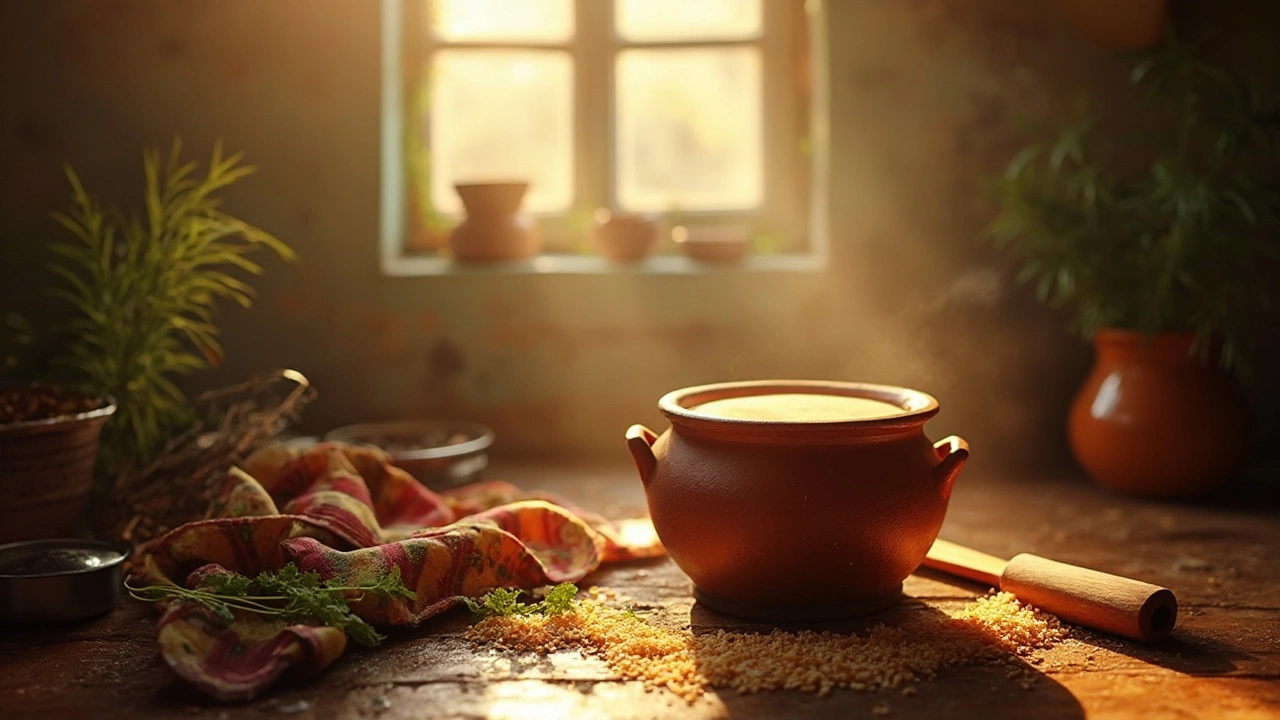
Speed Up Your Dosa Batter Fermentation: Simple Natural Hacks
Fermenting dosa batter can take time, but with a few natural tricks, you can speed up the process. From altering your soaking methods to rediscovering the benefits of the sun, these are easy adjustments you can make in your own kitchen. Understanding the right temperature and environment is key to ensuring perfect fermentation. These tips will help you enjoy delicious dosas with less wait time. Say goodbye to delays and hello to quick, tasty dosas!
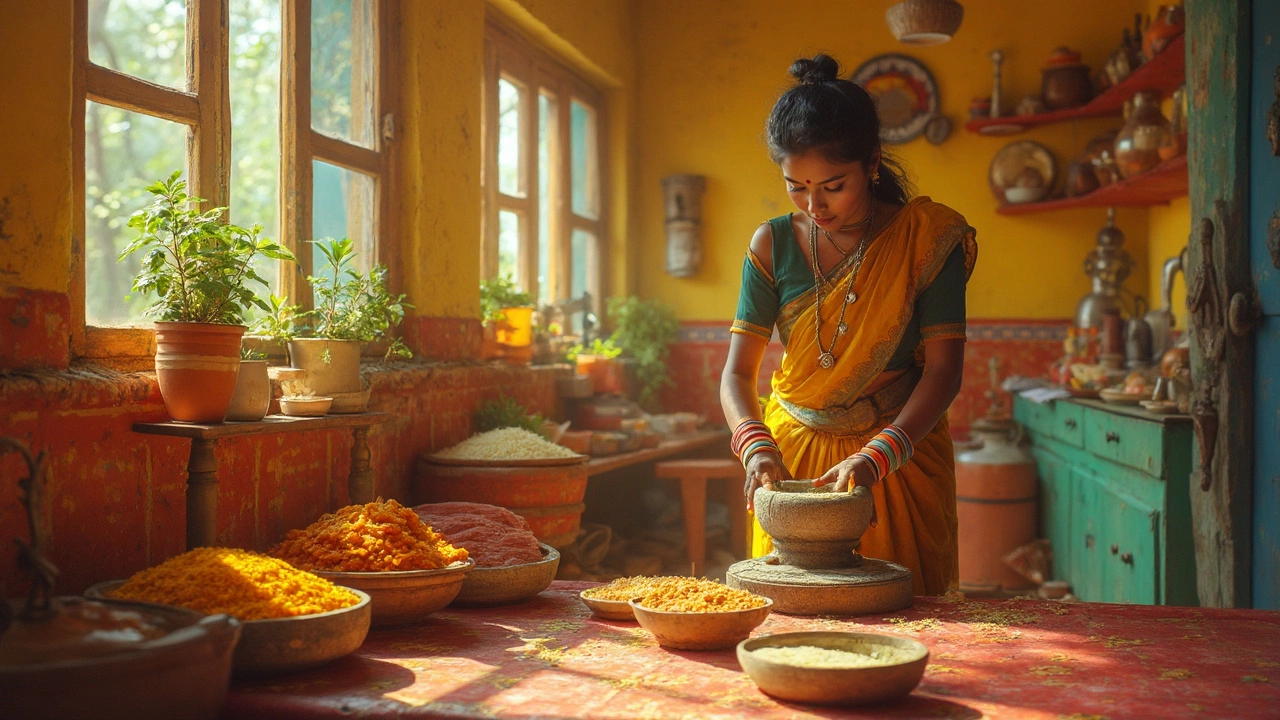
Quickly Make Soft Dosa Batter Without Yeast
Making dosa batter quickly without yeast is actually easy and efficient. With some simple tips and techniques, you can achieve soft, fluffy dosas. This article explains how to blend the right proportions of rice and dal, suggests soaking times to fasten the process, and offers practical kitchen hacks. Whether you're in a rush or just want to try something new, discover how to simplify your dosa-making routine.
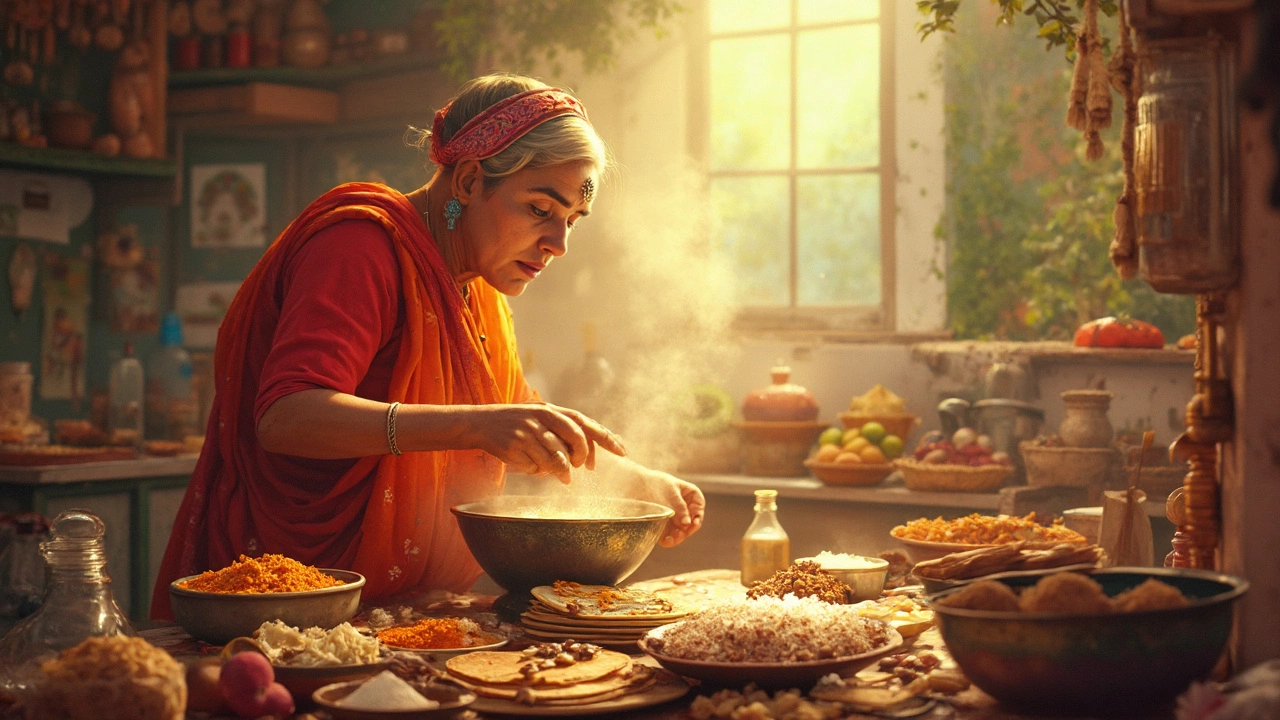
The Quick Guide to Making Perfect Dosa Batter Without Yeast
Dosa is an iconic South Indian dish known for its crispy texture and savory flavor. Making the perfect dosa batter can often seem like alchemy, but it's easier than ever to whip up a batch quickly without using yeast. Discover the art of crafting that perfect batter by mastering the right ingredients and techniques to save time while maintaining authentic taste. This guide will show you how to achieve mouthwatering results with tips to transform your dosa game.
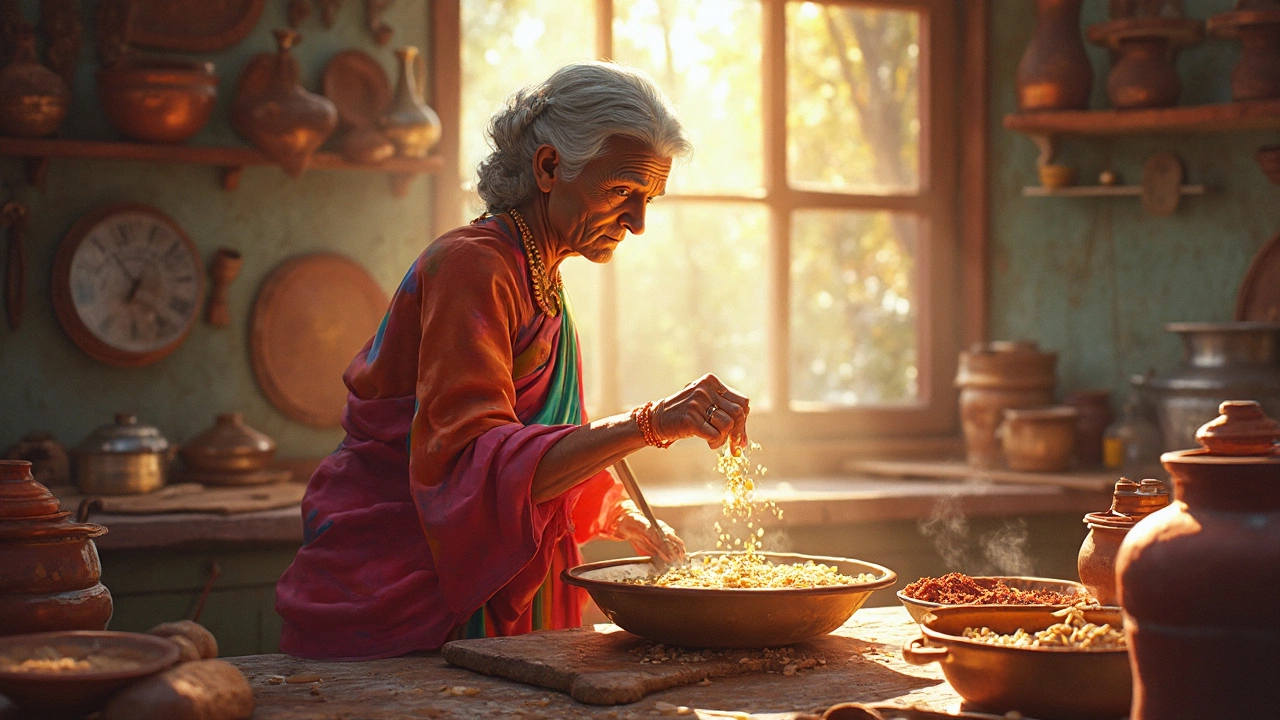
Perfectly Fermented Dosa Batter in No Time
Mastering the art of dosa batter fermentation can seem daunting, but it doesn't have to be. This guide shares practical advice to achieve perfect fermentation without the use of yeast. Discover the secrets of ideal temperature, ingredient ratios, and time management for optimal results. Enjoy consistently delicious dosas that flourish without any artificial additives. Unlock the traditional Indian culinary technique with simple, effective strategies.